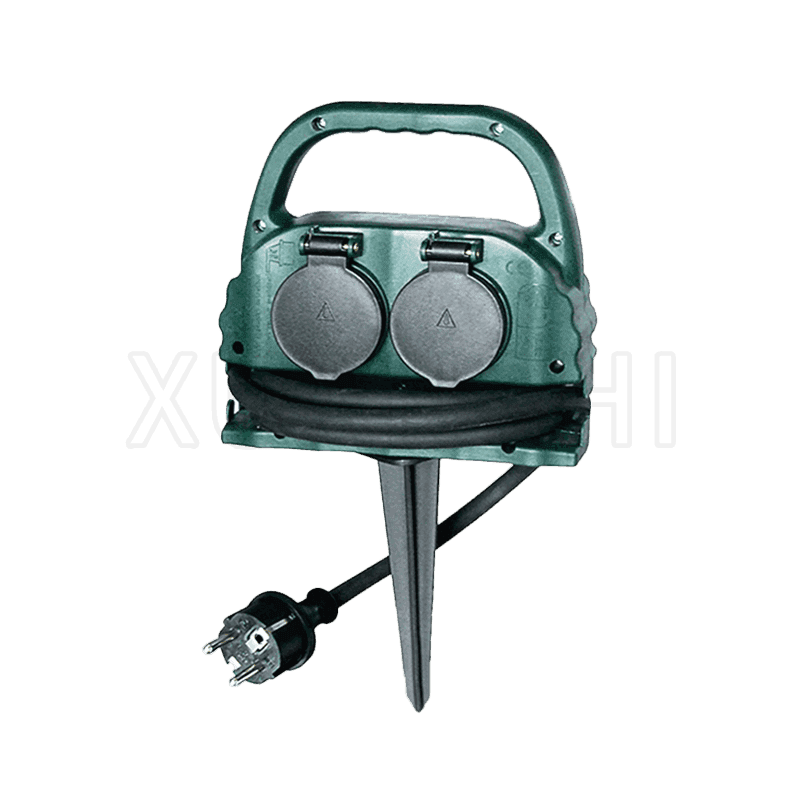The heat dissipation and prevention of overheating in a 4-way extension socket are primarily achieved through the design and materials used in its construction. Here are some common ways that extension sockets manage heat and prevent overheating:
1.Material Selection:
Extension sockets are constructed from materials that have high heat resistance and fire-retardant properties. These materials can withstand the heat generated by the flow of electricity without becoming a heat source themselves. Fire-resistant plastics, ceramics, and metal alloys with high melting points are commonly used to ensure that the socket remains safe and doesn't contribute to heat buildup.
2.Ventilation and Design:
Extension socket designs often incorporate ventilation features such as slots, holes, or raised ridges that allow air to circulate through the socket. These design elements facilitate the movement of cool air into the socket and the expulsion of warm air. Effective ventilation prevents the accumulation of heat within the socket and its components.
3.Internal Wiring and Components:
The internal components of an extension socket, including the wiring, sockets, and surge protection elements, are strategically positioned to avoid concentration of heat. Adequate spacing between these components ensures that heat generated by one socket or device doesn't directly affect neighboring components. Properly designed wiring minimizes resistance, which can lead to less heat being generated.
4.Thermal Protection:
Advanced extension sockets might incorporate thermal protection mechanisms that monitor the temperature of the socket and its components. If the temperature exceeds a safe threshold due to prolonged use or excessive power consumption, the thermal protection mechanism can trigger an automatic shutdown. This prevents overheating and protects both the devices connected to the socket and the socket itself.
5.Safe Power Load:
Every extension socket comes with a maximum power load rating, often measured in watts or amperes. Adhering to this rating is crucial to prevent overloading the socket with devices that collectively draw more power than the socket can safely handle. Overloading leads to increased heat generation and raises the risk of overheating. Always ensure that the total power consumption of connected devices is within the specified limits.
6.Surge Protection:
Surge protection circuits, which are common in many extension sockets, serve to safeguard connected devices from sudden voltage spikes. While not directly related to heat dissipation, surge protection helps manage power fluctuations that could contribute to excessive heat generation. By preventing these fluctuations, surge protection indirectly aids in preventing overheating.
7.Positioning:
Placing the extension socket in a location with good airflow and ventilation enhances its ability to dissipate heat. Avoid placing the socket in tight or enclosed spaces where air circulation is limited. Additionally, ensure that the sockets themselves aren't blocked by objects or cords, as this can hinder proper airflow and contribute to heat buildup.
8.Regular Inspection:
Periodic visual inspections of the extension socket are crucial to identify any signs of damage, discoloration, or overheating. If you notice that the socket or its components are discolored, emit an unusual smell, or feel excessively hot to the touch, it's important to immediately stop using the socket and replace it. Ignoring such signs could lead to serious safety hazards.
Model: JL-3F/XS-XBD4
Input Voltage and Current: 16A/250V AC
Exterior Color: green
Wiring: H07RN-F 3G1.5mm²
Applicable Standards: Max.3680W
